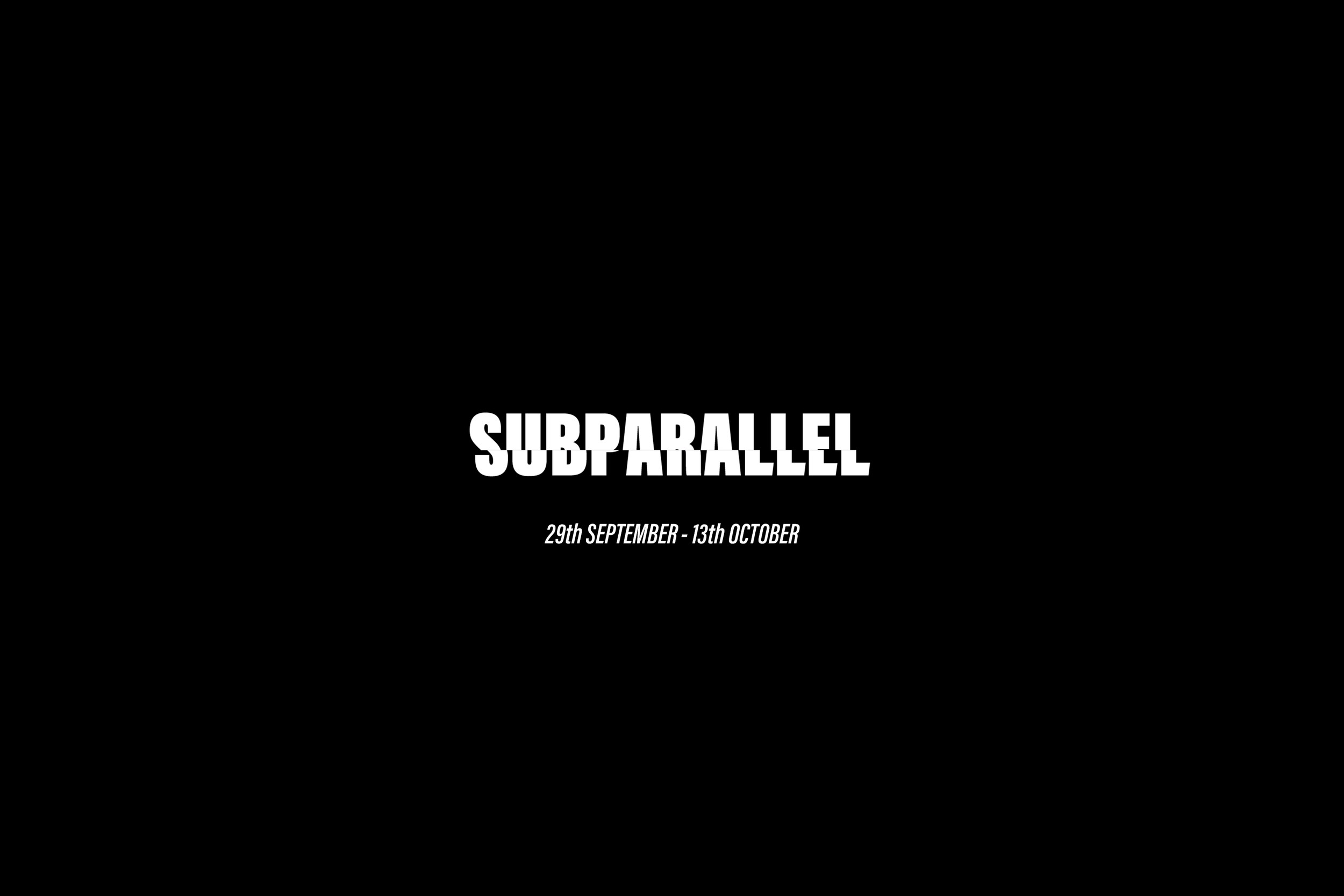
Subparallel:
Group Exhibition
Exhibition Runs: 29 September - 13 October
Opening Reception: 1st October // 12-4pm
Address: 656 Bridge Rd, Lower Ground RICHMOND VIC
Included Artists:
Nathan Jokovich
Mark Chu
Comp-syn
Mikkapedia
Jessica Goehring (LA)
Dion Horstmans
Richard Blackwell
James Little
Tom Blachford
Kane Alexander
Tom Adair
Howard Arkley
Adam Cullen
Felix Von Dallwitz
Taj Alexander
Subparallel explores the influence of the virtual world. Through artworks that represent, employ and prophesize, this collection uses new mediums and digital aesthetics to essentialize the virtual and explore its distinct visual identity. Symbolism abounds, revering forms reliant on mechanical transformation. New tools are popularized, like AI image generators which use language prompts; for artists embracing this new frontier, the medium is the subject. A foreboding sense of dystopia is balanced by hopeful exuberance, randomness and the inexplicable. Subparallel shows that the virtual can be as glorious as it is incomprehensible.
American artist Jessica Goehring employs AI image generator DALL-E using the text “LiDAR Nudes.” Atop leatherette, she layers a subtle kinetic energy through a sheer organza veil, questioning both viewer and artist’s distance from the technologic output. Mikkapedia also embraces the limit between human and machine, coining the term “phygital art” to encourage tactile interaction with digital mediums. Mikkapedia’s use of an electric LED fan embraces a medium which effectively visualizes the artist’s coding in real time, often preferred for commercial use.
Tom Blachford’s series draws from Subparallel’s brief to artists, feeding that text directly into a visualization generator Midjourney, reminding us that the virtual is more than capable of commenting on the virtual. This self-reflective framing is signature to the postmodern context of such cybertechnology, and highlights the thirst for digital artists to understand how or whether new technologies can think. Tom Adair’s figurative work depicts the strain of such self-reflection through his signature hand-sprayed CYMK aesthetic while Mark Chu’s looser painting renders the virtual gestural. Howard Arkley’s repeated motifs fuse primitive glyphs with psychedelia, anticipating Matrix-like code strings, and Adam Cullen’s threatening mutilation warns the viewer of an underworld.
Felix Von Dallwitz explores materiality and illusion through a curvaceous chrome-like composition, at once, abstract and figurative, still and liquid. With sharply acute angles, Dion Horstmans’ steel sculpture also warps perspectives by forcing the eye to jump from point to point, a work made by hand despite its precise geometry. Where those works question the symbolism of metal, Richard Blackwell takes solid surface material and directs robotic machinery to aid in the sculpting process, delivering the rhythmic accuracy of cyborg creativity.
Taj Alexander and James Little enhance the poetry of surfaces through colour, reflecting an otherworldly glow through the luminance of saturation. Nathan Jokovich’s grand sculptural work also uses colour to provoke the unknown by refusing the viewer’s focus. Printed on varying fabrics, these abstractions are made by forcing one digital medium (coded text) into another (a jpeg image file). Built with fabrics, chain metal, cables and Perspex, this mix media monolith evokes both awe and religious suffering. Comp-syn presents a figure from an Association of Computational Linguistics publication, bringing formal scientific research into the gallery with a TSNE map of all possible character strings, where existing words only represent one portion; here, all possible input terms for text generators are implied.
- Words by Mark Chu
Proudly Supported by:

